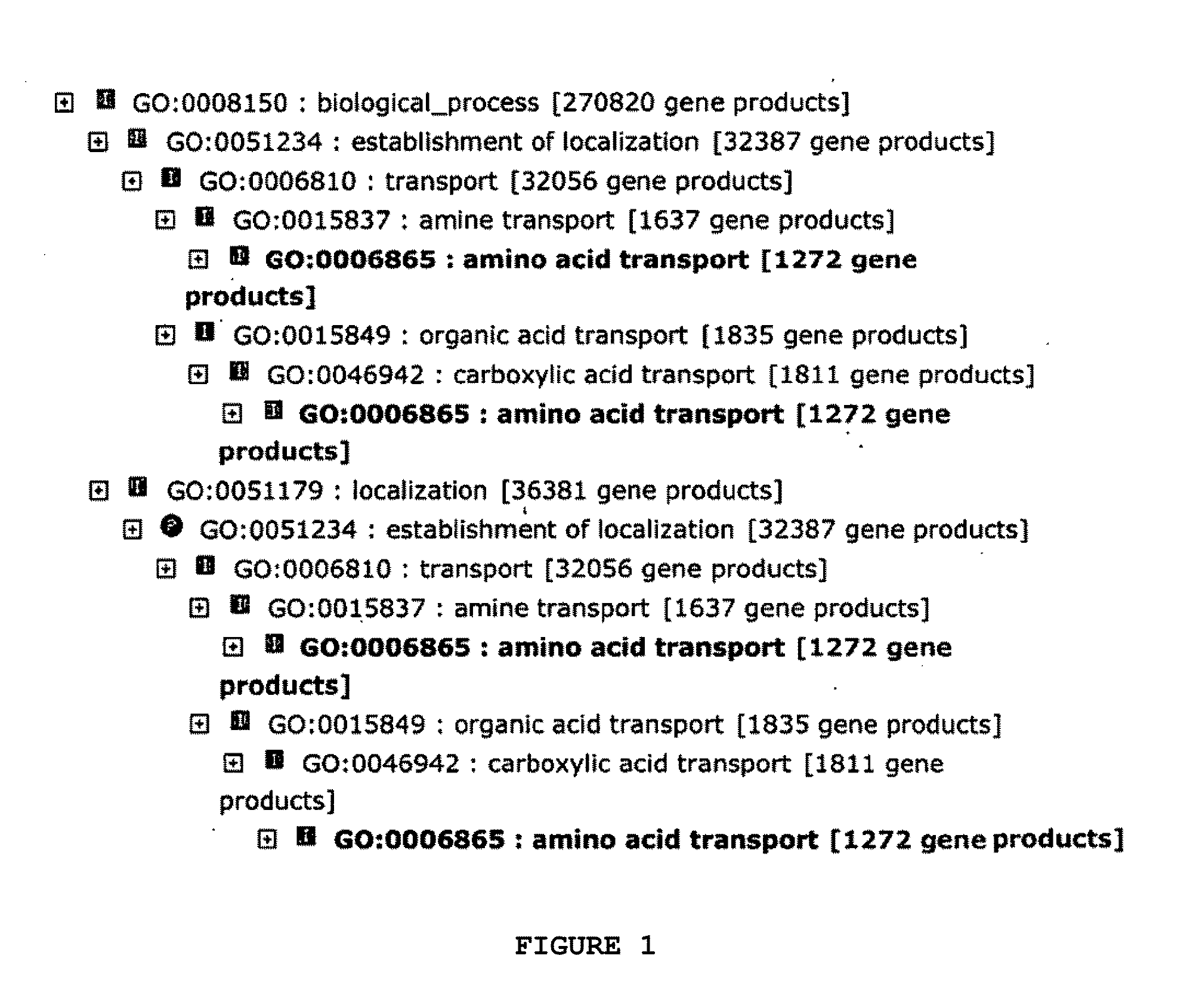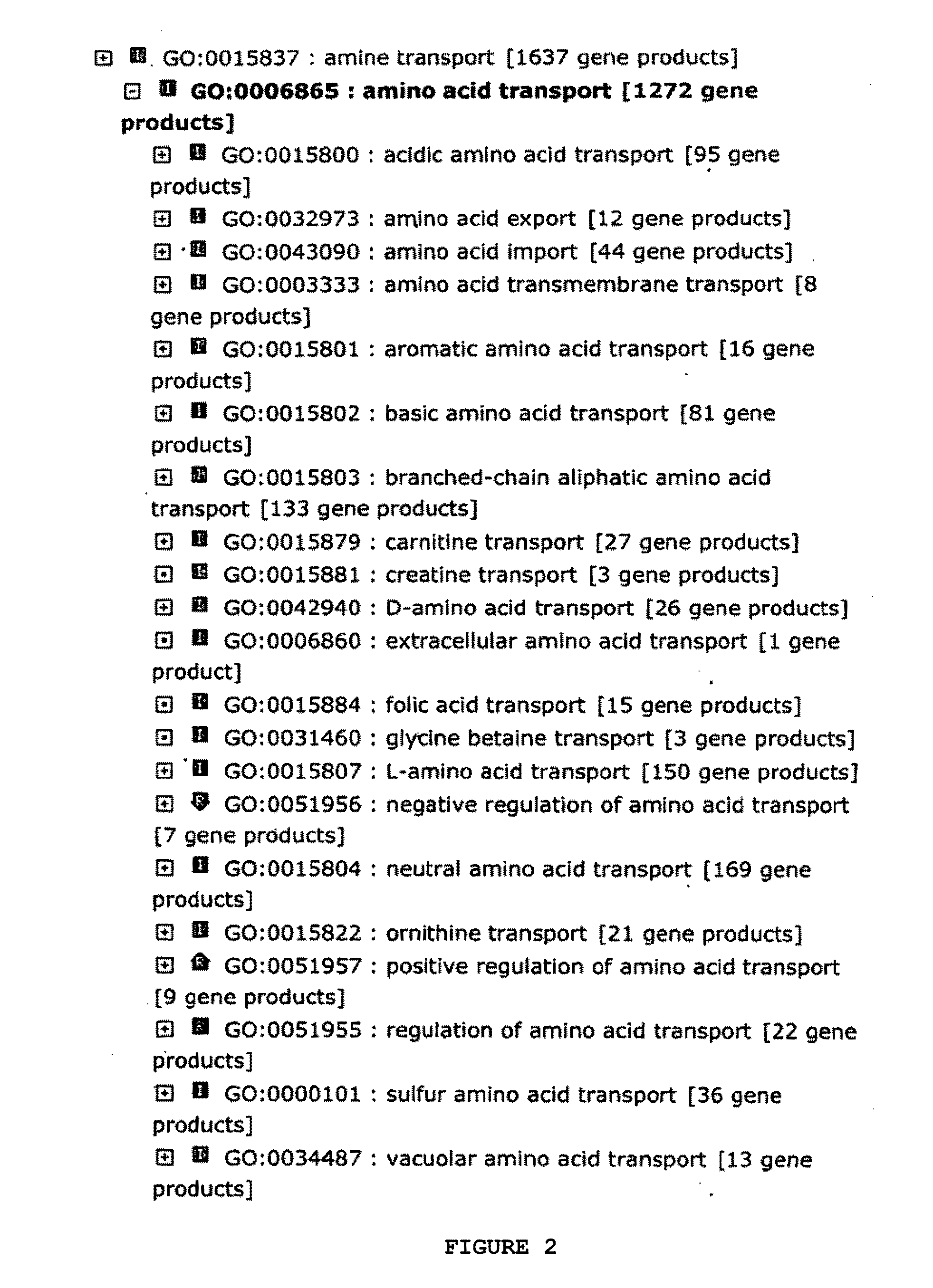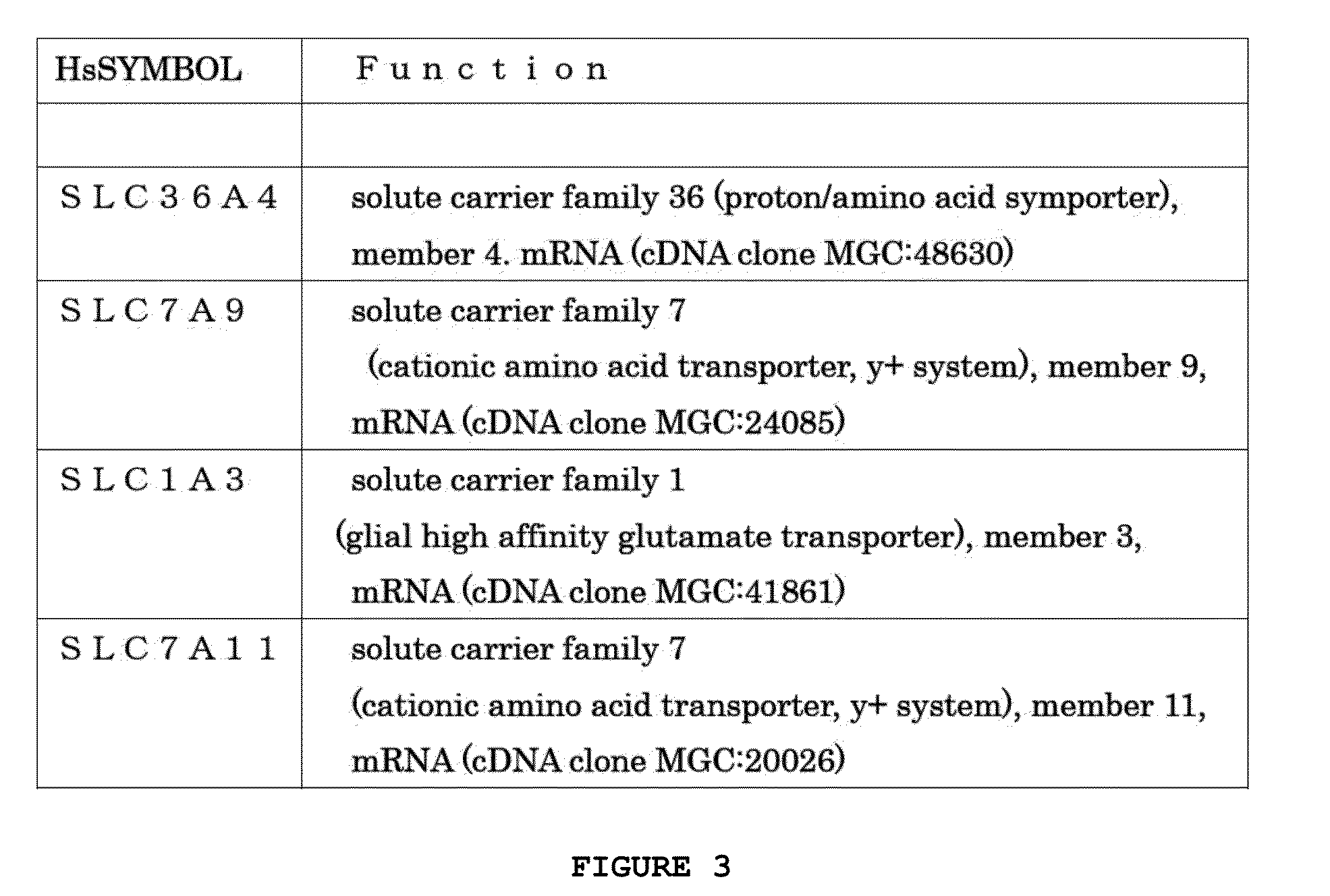Method for analyzing proteins contributing to autoimmune diseases, and method for testing for said diseases
a protein and autoimmune disease technology, applied in the field of analysis methods for proteins involved in autoimmune diseases, can solve the problems of inability to diagnose early-stage atherosclerosis by conventional image diagnosis, almost half of the genes on the genome remain unknown for their functions, and can not be detected by conventional image diagnosis. , to achieve the effect of high efficiency and high sensitivity
- Summary
- Abstract
- Description
- Claims
- Application Information
AI Technical Summary
Benefits of technology
Problems solved by technology
Method used
Image
Examples
example 1
Preparation of Sample Derived from Patient with Autoimmune Disease
[0234]In this example, sera obtained from patients with atherosclerosis (23 patients) were used as samples. In addition, the samples were divided into ones from mild patients, serious patients, mild and old patients, and serious and old patients to be analyzed.
[0235]It should be noted that sera derived from healthy subjects were each used as a control.
example 2
Preparation of Translation Template Encoding Biotinylated Mammal-Derived Protein
[0236]mRNA as a translation template was prepared as described below. Vectors as biotinylated protein transcription templates obtained by fusing a biotin tag to genes encoding various mammal-derived proteins (about 3,000 kinds) were prepared (pEU-biotinylated tag-various mammal-derived proteins). Based on each of the vectors, a PCR product including the Q sequence portion of a tobacco mosaic virus (TMV) was used as a template. The transcription template was added to a transcription reaction solution (final concentration: mM HEPES-KOH, pH 7.8, 16 mM magnesium acetate, 10 mM dithiothreitol, 2 mM spermidine, 2.5 mM 4NTPs (4 kinds of nucleotide triphosphates), 0.8 U / μL RNase inhibitor, 1.6 U / μL SP6 RNA polymerase), and the mixture was subjected to a reaction at 37° C. for 3 hours. The resultant RNA was extracted with phenol / chloroform, precipitated with ethanol, and then purified with Nick Column (manufactur...
example 3
Translation Reaction Step of Biotinylated Mammal-Derived Protein
[0237]A 96-well titer plate was used as a reaction vessel. First, 125.0 μL of a feed phase (62.5 μL of 2× Substrate Mixture, 1.25 μL of 50 μM biotin, 61.25 μL of MilliQ) were added to the titer plate. Next, a mixture obtained by adding each translation template {pelleted translation template (mRNA) dissolved with 25 μL of a reaction solution} of Example 2 above to 25.0 μL of a reaction phase (0.25 μL of 4 μg / μL creatine kinase, 6.5 μL of a wheat germ extract for cell-free protein synthesis (200 O.D.), 1.0 μL of a biotinylation enzyme (180 O.D.), 8.75 μL of 2× Substrate Mixture, 2.5 μL of 5 μM biotin, 3.5 μL of MilliQ) was added carefully and gently to the bottom of the titer plate. The resultant was left to stand still at 26° C. for 15 to 20 hours to perform a protein synthesis reaction.
[0238]The biotinylated protein after the completion of synthesis was used in the following examples without purification.
PUM
| Property | Measurement | Unit |
|---|---|---|
| pH | aaaaa | aaaaa |
| pH | aaaaa | aaaaa |
| antibody titer | aaaaa | aaaaa |
Abstract
Description
Claims
Application Information
 Login to View More
Login to View More - R&D
- Intellectual Property
- Life Sciences
- Materials
- Tech Scout
- Unparalleled Data Quality
- Higher Quality Content
- 60% Fewer Hallucinations
Browse by: Latest US Patents, China's latest patents, Technical Efficacy Thesaurus, Application Domain, Technology Topic, Popular Technical Reports.
© 2025 PatSnap. All rights reserved.Legal|Privacy policy|Modern Slavery Act Transparency Statement|Sitemap|About US| Contact US: help@patsnap.com



